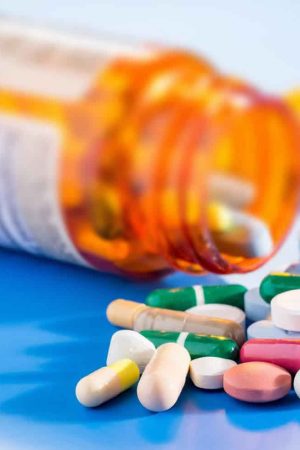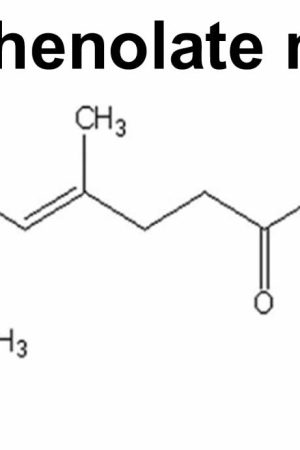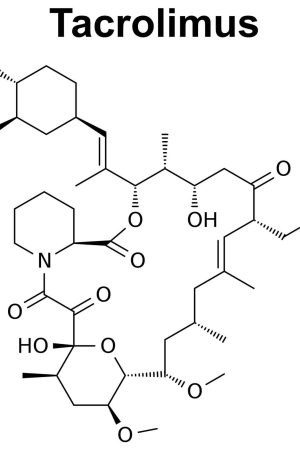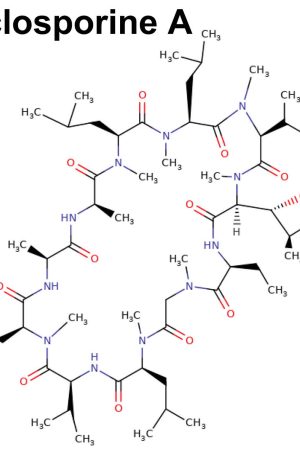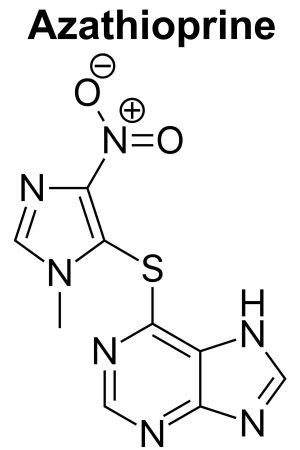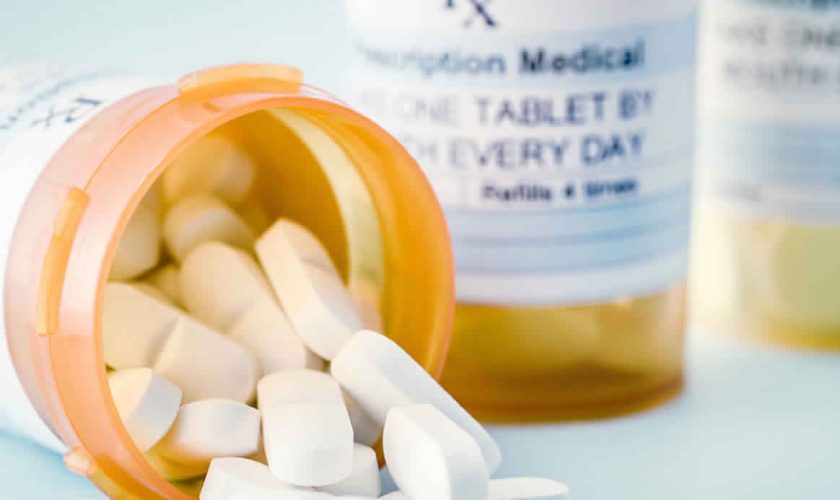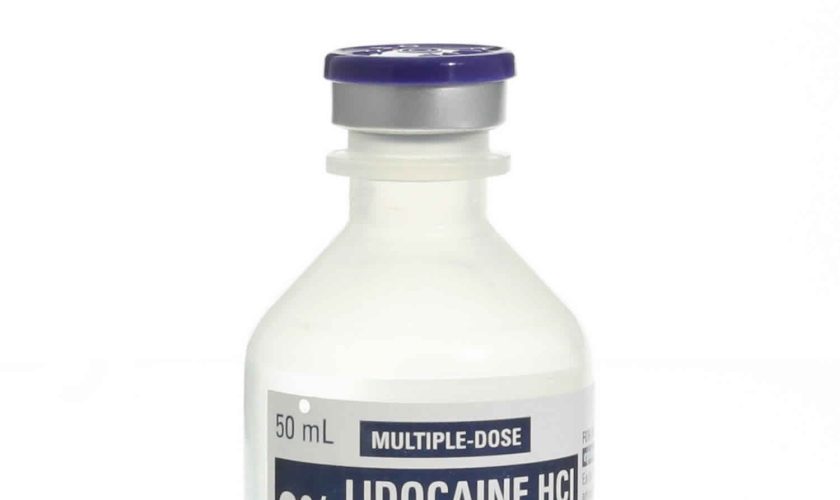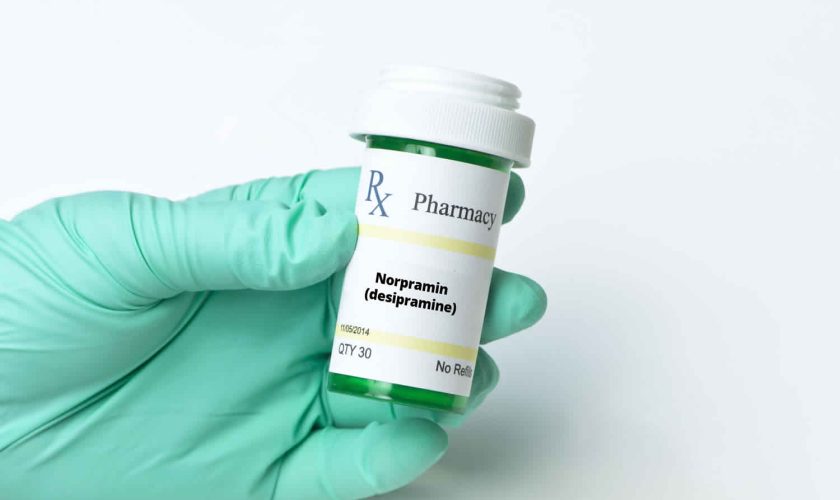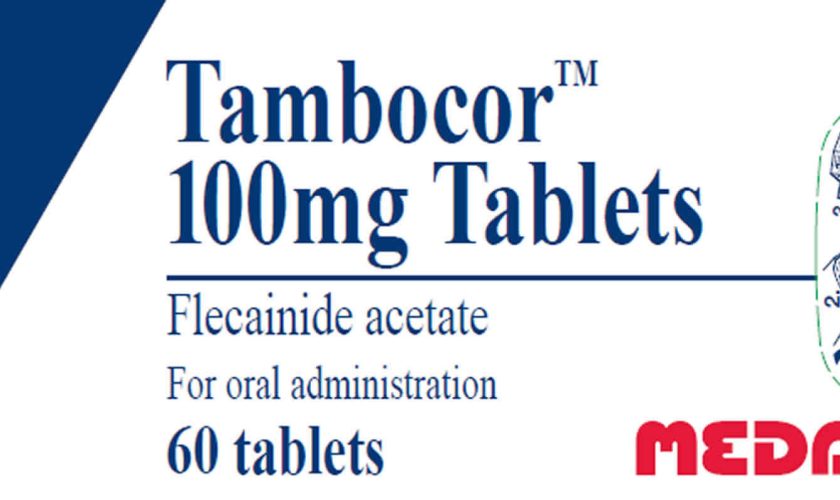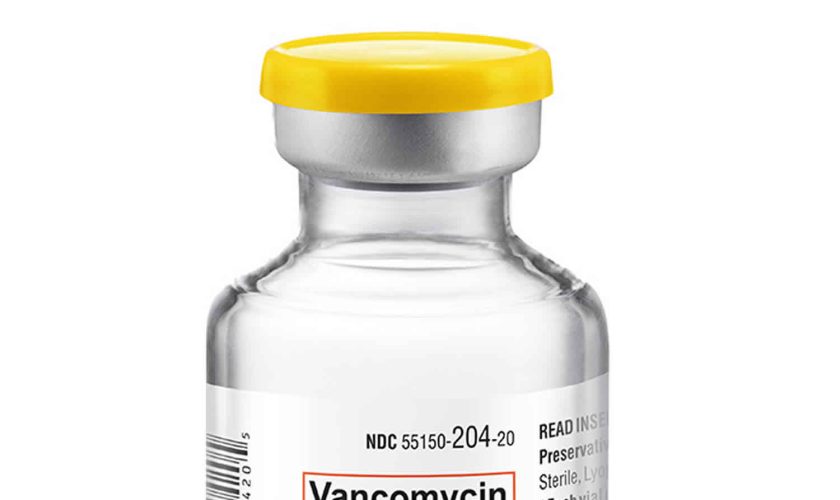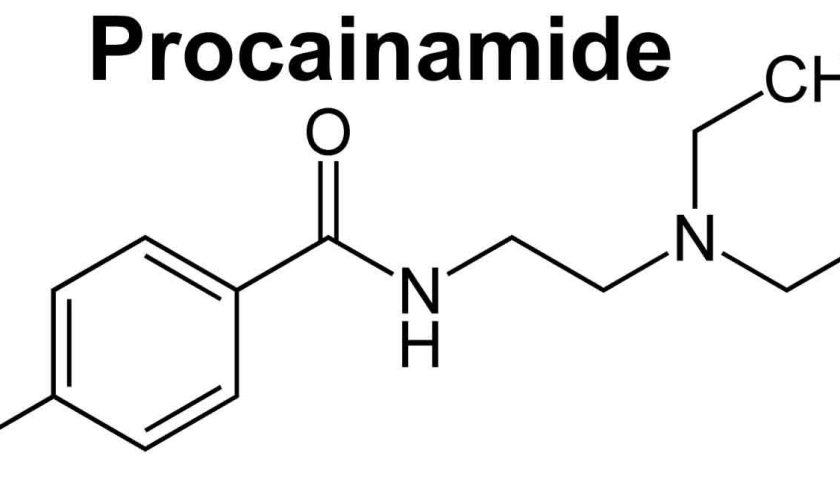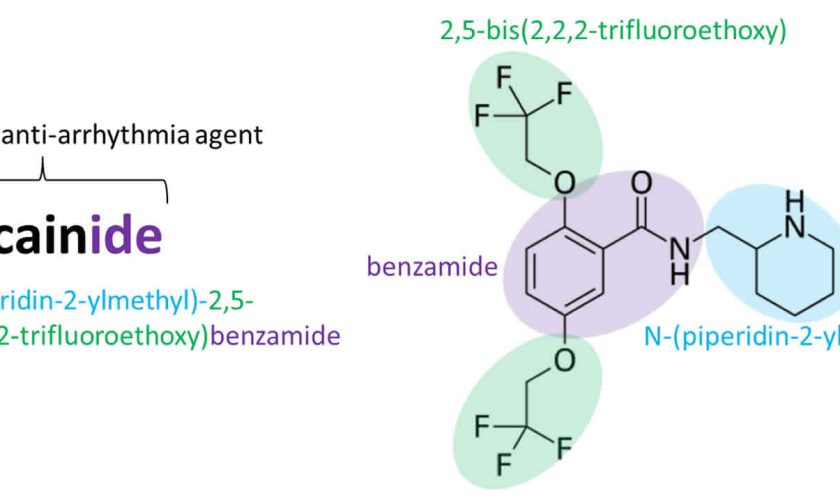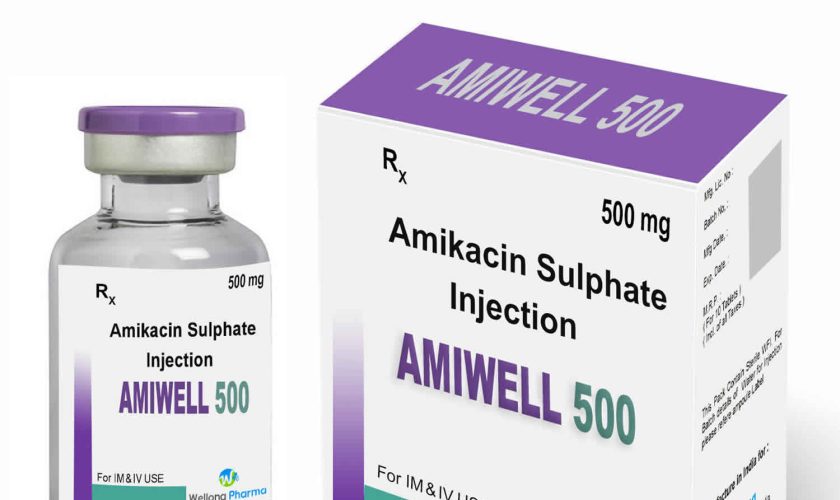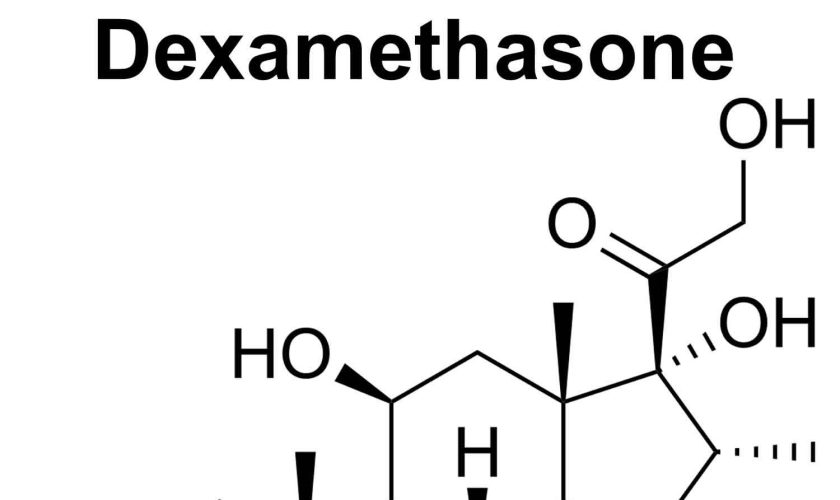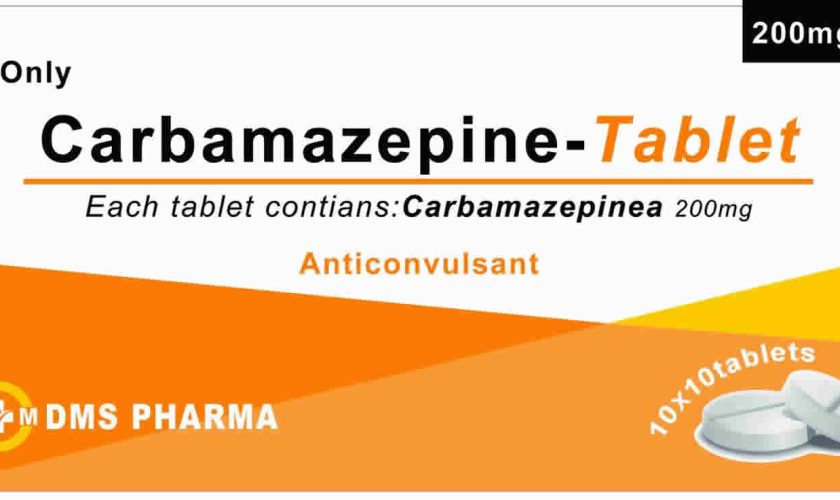What is Phenobarbital
Phenobarbital is a barbiturate that is widely used as a sedative and an antiseizure medication to control seizures. Phenobarbital is also used to relieve anxiety. Phenobarbital is also used to prevent withdrawal symptoms in people who are dependent (‘addicted’; feel a need to continue taking the medication) on another barbiturate medication and are going to stop taking the medication. Phenobarbital was introduced into clinical medicine in 1911 but was never subjected to critical controlled studies to demonstrate safety and efficacy. For these reasons, phenobarbital is now considered of unproven benefit in controlling seizures. Neverthess, it is commonly used for prevention and management of partial and generalized seizures, usually as an adjunctive agent in combination with other anticonvulsants. Phenobarbital is also used for sedation and insomnia although its use for these conditions is now uncommon. Phenobarbital is also used in fixed combinations with other antispasmotics or anticholinergic agents and used for gastrointestinal complaints, including irritable bowel syndrome.
Phenobarbital is available only with your doctor’s prescription.
Phenobarbital works by slowing activity in the brain. Phenobarbital is believed to act as a nonselective depressant. Phenobarbital also has anticonvulsant activity and is believed to act by suppressing spread of seizure activity by enhancing the effect of gamma aminobutyric acid (GABA), raising the seizure threshold.
Phenobarbital comes as a tablet and an elixir (liquid) to take by mouth. The typical starting dose in treating seizures in adults is 60 to 100 mg in three divided doses daily. Oral formulations of tablets or capsules of 15, 16, 30, 60, 90 and 100 mg are available in multiple generic forms. Parenteral formations and oral elixirs for pediatric use are also available.
Follow the directions on your prescription label carefully, and ask your doctor or pharmacist to explain any part you do not understand. Take phenobarbital exactly as directed.
If you take phenobarbital for a long time, it may not control your symptoms as well as it did at the beginning of your treatment. Talk to your doctor about how you are feeling during your treatment.
Phenobarbital can be habit-forming. Do not take a larger dose, take it more often, or take it for a longer time than prescribed by your doctor.
Do not stop taking phenobarbital without talking to your doctor. If you suddenly stop taking phenobarbital, you may experience withdrawal symptoms such as anxiety, muscle twitching, uncontrollable shaking of a part of the body, weakness, dizziness, changes in vision, nausea, vomiting, seizures, confusion,difficulty falling asleep or staying asleep, or dizziness or fainting when getting up from a lying position. Your doctor will probably decrease your dose gradually.
Phenobarbital frequent side effects include drowsiness, sedation, hypotension, and skin rash.
Phenobarbital administration
Phenobarbital is given through a variety of routes. These include 1):
- Intramuscular (IM)
- Oral
- Intravenous (IV)
When phenobarbital is given intravenously, it should be for emergency cases. Other routes of administration should be accessed first and checked for any indurations. Studies have shown that an induration at a site of infusion results in a decreased bioavailability of phenobarbital 2). Another study has shown rectal administration of phenobarbital to be effective, with a relative bioavailability reaching 90% 3).
Phenobarbital mechanism of action
Phenobarbital works by increasing the amount of time chloride channels are open which in turn depresses the central nervous system. This is done by acting on GABA-A receptor subunits. When phenobarbital binds to these receptors, the chloride ion gates open and stay open allowing a steady flow of these ions into neuronal cells 4). This action hyperpolarizes the cell’s membrane, thereby increasing the threshold for the action potential. This is the reasoning as to why this drug is effective in the treatment of seizures. As per the metabolism and clearance of the drug, phenobarbital is a water-soluble agent metabolized by the liver and expelled mainly through the kidneys 5). It is important to remember clearance rates vary with patients and their specific presentations. For instance, terminally ill cancer patients on phenobarbital may need dose adjustments due to reduced clearance of this drug 6). Cytochrome p450 is induced by phenobarbital, and so careful consideration must be made when given concurrently with other medications. For instance, an epileptic woman who takes oral contraceptive pills and phenobarbital must be fully aware of the possible interaction between the medications. Phenobarbital, an antiepileptic drug, is known to induce the liver’s cytochrome p450 enzyme. Inducing this enzyme speeds up the metabolism of estrogens and progestins. Thus, a woman taking both anti-epileptic medication and oral contraceptive pills can have an unexpected pregnancy due to the decreased efficacy of her oral contraceptive pills 7). This is why it is crucial to educate the patient about potential risks.
Phenobarbital special precautions
Before taking phenobarbital:
- tell your doctor and pharmacist if you are allergic to phenobarbital; other barbiturates such as amobarbital (Amytal), butabarbital (Butisol), pentobarbital, and secobarbital (Seconal); any other medications, or any of the ingredients in phenobarbital tablets or liquid. Ask your doctor or pharmacist for a list of the ingredients.
- tell your doctor and pharmacist what prescription and nonprescription medications, vitamins, nutritional supplements, and herbal products you are taking or plan to take. Be sure to mention any of the following: anticoagulants (‘blood thinners’) such as warfarin (Coumadin); disulfiram (Antabuse); doxycycline (Vibramycin); griseofulvin (Fulvicin); hormone replacement therapy (HRT); monoamine oxidase (MAO) inhibitors such as isocarboxazid (Marplan), phenelzine (Nardil), seligiline (Eldepryl, Emsam, Zelapar) , or tranylcypromine (Parnate); medications for anxiety, depression, pain, asthma, colds, or allergies; certain medications for seizures such as phenytoin (Dilantin) and valproate (Depakene); oral steroids such as dexamethasone (Decadron, Dexone), methylprednisolone (Medrol), and prednisone (Deltasone);sedatives; sleeping pills; and tranquilizers. Your doctor may need to change the doses of your medications or monitor you more carefully for side effects.
- tell your doctor if you have or have ever had porphyria (condition in which certain natural substances build up in the body and may cause stomach pain, changes in thinking and behavior, and other symptoms); any condition that causes shortness of breath or difficulty breathing; or liver disease. Your doctor will probably tell you not to take phenobarbital.
- tell your doctor if you drink or have ever drunk large amounts of alcohol, used street drugs, or overused prescription medications; if you have pain now or have any condition that causes you ongoing pain; if you have ever thought about harming or killing yourself or planned or tried to do so; and if you have or have ever had depression, any condition that affects your adrenal gland (small gland next to the kidney that produces important natural substances), or kidney disease.
- tell your doctor if you are pregnant, plan to become pregnant, or are breastfeeding. If you become pregnant while taking phenobarbital, call your doctor. Phenobarbital may harm the fetus.
- talk to your doctor about the risks and benefits of taking phenobarbital if you are 65 years of age or older. Older adults should not usually take phenobarbital because it is not as safe or effective as other medications that can be used to treat the same condition.
- you should know that phenobarbital may decrease the effectiveness of hormonal contraceptives (birth control pills, patches, rings, injections, implants, or intrauterine devices). Talk to your doctor about methods of birth control that will work for you while you are taking phenobarbital. Tell your doctor if you have a missed period or think you may be pregnant while you are taking phenobarbital.
- if you are having surgery, including dental surgery, tell the doctor or dentist that you are taking phenobarbital.
- you should know that this medication may make you drowsy. Do not drive a car or operate machinery until you know how this medication affects you.
- avoid drinking alcohol during your treatment with phenobarbital. Alcohol can make the side effects of phenobarbital worse.
Phenobarbital in pregnancy
Phenobarbital should be used during pregnancy only if the benefit outweighs the risk to the fetus.
Pregnancy category D/B: manufacturer dependent
- US FDA pregnancy category D: There is positive evidence of human fetal risk based on adverse reaction data from investigational or marketing experience or studies in humans, but potential benefits may warrant use of the drug in pregnant women despite potential risks.
- US FDA pregnancy category B: Animal reproduction studies have failed to demonstrate a risk to the fetus and there are no adequate and well-controlled studies in pregnant women.
If phenobarbital is used during pregnancy, or if the patient becomes pregnant while taking phenobarbital, the patient should be apprised of the potential harm to the fetus.
Supplementation with folic acid is recommended before conception and during pregnancy; vitamin K supplementation in women and neonates may be necessary.
If used during pregnancy, monitor the newborn for acute withdrawal syndrome symptoms for up to 14 days after birth.
If used during labor, monitor the newborn for respiratory depression and have resuscitation equipment available.
Human studies suggest that phenobarbital is connected to fetal abnormalities. Fetal blood levels approached maternal levels with parenteral administration. This drug crosses the placental barrier and distributes in fetal tissues, including the placenta, liver, and brain. Use during the first and third trimesters may be associated with an increased risk of teratogenicity and withdrawal symptoms in the newborn, respectively.
Phenobarbital in breastfeeding
Not recommended. Phenobarbital is excreted into human milk.
Comments:
- Breastfed infants should be monitored for sedation, weight gain, and developmental milestones, especially in younger infants who are exclusively breastfed or during concomitant use with psychotropic drug combinations.
- If toxicity is a concern, infant serum concentration of phenobarbital should be obtained.
Excretion of phenobarbital into breastmilk is highly variable. Breastfed infants showed increased sedation and suckling difficulties compared to infants that were not exposed to phenobarbital. Reports of infantile spasms and withdrawal symptoms in infants occurred after abrupt discontinuation. Since phenobarbital is excreted in breastmilk, methemoglobinemia is another potential risk.
Phenobarbital contraindications
A person with underlying obstructive lung disease will have a higher risk of complications 8). The respiratory drive depression associated with barbiturate toxicity compounded with an already compromised respiratory system can contribute to complications 9). It was also found that drug interaction from combined oral theophylline medication and phenobarbital, negatively impacted theophylline blood levels compared to plain oral theophylline pills 10). Phenobarbital has been shown to decrease levels of steroids and theophylline via the cytochrome p450 liver metabolism system 11). Therefore, persons receiving combined oral treatment for their lung condition can experience issues regarding subtherapeutic blood levels of theophylline and or corticosteroids.
It is imperative not to drink alcohol while taking phenobarbital because there is a danger of severe respiratory depression when both are in one’s system. When taken simultaneously, both drug’s individual effects on GABA-A add to the other 12). This can cause a life-threatening scenario.
When taking a prescription of a barbiturate such as phenobarbital, one may go into withdrawal if they were to stop taking it suddenly. Tapering of the drug must be implemented.
Phenobarbital uses
Phenobarbital is a medicine used to treat epilepsy, anxiety, and insomnia. Phenobarbital is even recommended as an agent to treat status epilepticus 13). A study performed in China comparing valproic acid to phenobarbital for the treatment of status epilepticus, showed intravenous phenobarbital to have better clinical outcomes in the study population compared to valproic acid 14). Although proven effective for status epilepticus, phenobarbital has widely been replaced with other drugs that offer less harmful side effects 15). Phenobarbital can also be used to relieve insomnia 16) and apprehensiveness, although addiction is a point of concern when phenobarbital is used for insomnia. This drug can also be used for benzodiazepine and alcohol withdrawal treatment 17), due to its anti-seizure properties and sedative effect. The syndrome resulting from alcohol withdrawal has a better clinical outcome when treated with benzodiazepines according to significant evidence-based studies 18). Long-acting agents such as phenobarbital are not the preferred option for surgical induction; short-acting barbiturates are commonly used for this purpose 19). Phenobarbital’s involvement in severe brain injury management is to reduce intracranial pressure by suppressing cerebral metabolism, but phenobarbital’s adverse effect of hypotension negatively impacts the brain’s supply of oxygen thus offsetting any clinical benefit 20).
Phenobarbital monitoring
The range of phenobarbital deemed effective without causing issues to an individual is between 10 To 40 mcg/mL. Once blood levels increase above 40 mcg/mL, the patient is in a lethal range and at substantial risk 21).
Phenobarbital dosage
Adult dose for Sedation
Uses: Daytime sedation; preoperative sedation
Daytime Sedation:
- 30 to 120 mg orally, IM, or IV in 2 or 3 divided doses
- Maximum dose: 400 mg during a 24-hour period
Preoperative Sedation:
- Parenteral: 100 to 200 mg IM 60 to 90 minutes before surgery
Comments:
- Frequency of administration should be determined by the patient response.
- Parenteral administration should be reserved for situations in which oral administration is impossible/impractical.
Adult dose for Insomnia
Uses: Bedtime hypnosis; hypnosis
Oral:
- Recommended dose: 100 to 200 mg orally once a day
- Maximum dose: 400 mg during a 24-hour period
Parenteral:
- Recommended dose: 100 to 320 mg IM or IV once a day
- Maximum dose: 400 mg during a 24-hour period
Comments:
- Phenobarbital may begin to lose effectiveness for inducing and maintaining sleep after 2 weeks.
Adult dose for Seizures
Uses: Treatment of generalized and partial seizures; treatment/prophylaxis of febrile seizures
Acute Convulsions
- Parenteral: 20 to 320 mg IM or IV every 6 hours as necessary
Anticonvulsant
- Oral: 60 to 200 mg orally per day
Comments:
- Maintenance doses should be determined by clinical laboratory reference values.
- Prevention of febrile seizures may not influence the development of epilepsy.
Pediatric dose for Seizures
Uses: Anticonvulsant used for the treatment of generalized and partial seizures, treatment/prophylaxis of febrile seizures, and treatment of status epilepticus.
Anticonvulsant:
- Oral:
- Initial dose: 15 to 20 mg/kg orally
- Recommended dose: 3 to 6 mg/kg orally
- Parenteral: 4 to 6 mg/kg/day for 7 to 10 days or 5 to 15 mg/kg/day IM or IV
Status epilepticus:
- Parenteral:
- Initial dose: 15 to 20 mg/kg IV over 10 to 15 minutes
Comments:
- Loading doses of 15 to 20 mg/kg are predicted to produce blood levels of approximately 20 mcg/mL after administration.
- Maintenance doses should be determined by clinical laboratory reference values.
- Prevention of febrile seizures may not influence the development of epilepsy.
Pediatric dose for Sedation
Use: Preoperative sedation
- Parenteral: 1 to 3 mg/kg IM or IV
Renal Dose Adjustments
- Dose adjustments may be required; however, no specific guidelines have been suggested. Caution recommended.
Liver Dose Adjustments
- Mild to moderate liver impairment: Dose adjustments may be required; however, no specific guidelines have been suggested. Caution recommended.
- Marked/severe liver impairment: Contraindicated
What should I do if I forget a dose?
Take the missed dose as soon as you remember it. However, if it is almost time for your next dose, skip the missed dose and continue your regular dosing schedule. Do not take a double dose to make up for a missed one.
Phenobarbital side effects
Phenobarbital may cause side effects. Call your doctor if any of the following symptoms are severe or do not go away:
- drowsiness
- headache
- dizziness
- excitement or increased activity (especially in children)
- nausea
- vomiting
Some side effects can be serious. If you experience any of the following symptoms, call your doctor immediately:
- slowed breathing or difficulty breathing
- swelling of the eyes, lips, or cheeks
- rash
- blistering or peeling skin
- fever
- confusion
Phenobarbital overdose
Phenobarbital overdose occurs when someone takes too much of phenobarbital. Your local poison center can be reached directly by calling the national toll-free Poison Help hotline (1-800-222-1222) from anywhere in the United States. This hotline number will let you talk to experts in poisoning. They will give you further instructions.
This is a free and confidential service. All local poison control centers in the United States use this national number. You should call if you have any questions about poisoning or poison prevention. It does NOT need to be an emergency. You can call for any reason, 24 hours a day, 7 days a week.
Take the pill container with you to the hospital, if possible.
Phenobarbital overdose symptoms
Symptoms of phenobarbital overdose may include the following:
- uncontrollable movements of the eyes
- loss of coordination
- drowsiness
- slowed breathing
- drop in body temperature
- blisters
Heart and blood vessels:
- Heart failure
- Low blood pressure
- Weak pulse
Kidneys and bladder:
- Kidney failure (possible)
Lungs:
- Difficulty breathing
- Slowed or stopped breathing
- Pneumonia (possible)
Nervous system:
- Coma
- Confusion
- Decreased energy
- Delirium (confusion and agitation)
- Headache
- Sleepiness
- Slurred speech
- Unsteady gait
Skin:
- Large blisters
- Rash
What to expect at the Emergency Room
Your health care provider will measure and monitor your vital signs, including temperature, pulse, breathing rate, and blood pressure. Blood tests will be done to check the phenobarbital level.
Symptoms will be treated as appropriate. You may receive:
- Activated charcoal
- Airway support, including oxygen, breathing tube through the mouth (intubation), and ventilator (breathing machine)
- Blood and urine tests
- Chest x-ray
- EKG (electrocardiogram, or heart tracing)
- Fluids through the vein (intravenous or IV)
- Laxative
- Medicines to treat symptoms
This list may not be all-inclusive.
Phenobarbital overdose prognosis
How well the person does depends on the severity of the phenobarbital overdose and how quickly treatment is received. If there has been prolonged coma and shock (damage to multiple internal organs), a more serious outcome is possible.
Individuals suffering from barbiturate overdose typically do well if they receive prompt medical treatment and are otherwise healthy 22). Individuals with other significant health conditions, such as heart and pulmonary disease, may have a more complicated clinical course. For example, an individual with coronary artery atherosclerosis and/or cardiomegaly (an enlarged heart) will be already prone to suffering a myocardial infarction. Respiratory depression or hypotension from a depressant drug (like a barbiturate) will further decrease the amount of oxygen reaching the heart. An individual with a chronic obstructive pulmonary disease (COPD) or another pulmonary disease will have an increased risk for complications since respiratory drive is compromised with barbiturate toxicity.
Phenobarbital toxicity
Phenobarbital toxicity is noticeable at 1 gram via oral route, although this amount varies depending on the individual. Doses above 2 grams have caused deaths, but a deadly dose usually spans from 40 to 80 mcg/mL according to the following article 23).
Toxicity from phenobarbital varies, but common symptoms include the following 24):
- Cognitive impairment
- Decreased heart rate
- Incoordination
- Nausea
- Muscle weakness
- Polydipsia (excessive thirst)
- Below normal urine output
- Decreased body temperature
- Mydriasis (dilated pupils)
Deaths have resulted from marked respiratory depression, hypotension, and coma 25).
Treatment of phenobarbital toxicity is supportive 26). The first step in treatment, as with any overdose, is assessing the patient’s airway, breathing, and circulation. With significant sedation and respiratory depression, maintenance of airway function through endotracheal intubation and mechanical ventilation may become necessary, correction of bradycardia and hypotension with IV fluids and vasopressors, if necessary. After properly assessing and correcting the patient’s airway, breathing, and circulation; it is imperative to remove the drug from the body. This can be done via gastric irrigation, forced alkaline diuresis or dialysis 27). Early treatment with activated charcoal may be useful and can be given via nasogastric tube. For now, an explicit treatment does not exist 28).
Patients will likely need to be admitted or observed. During recovery, the patient should receive counseling about the dangers of barbiturate misuse. Long-term barbiturate use can cause tolerance and physical dependence. Therefore, withdrawal symptoms can occur with abrupt discontinuation 29).
Other options for managing phenobarbital toxicity include forced alkaline diuresis and hemodialysis for severe cases. Bemegride (Megimide) is a central nervous system stimulant that increases respiration and can be used as a treatment for depressant toxicity. It is, however, an emetic which raises the concern of emesis and aspiration.
Management of long-term use involves restoring central nervous system (CNS) inhibitory tone. Abrupt cessation can lead to severe symptoms of withdrawal; therefore, discontinuance of barbiturates should be a gradual taper using medications that demonstrate cross-tolerance, with the first line being benzodiazepines.
Phenobarbital toxicity complications
Complications include hypotension, coma, and respiratory depression. It is important to maintain the respiratory and cardiovascular status, as failure to do so can result in hypoxic brain injury and death. Rarely, phenobarbital has been associated with Steven-Johnson syndrome, a medical emergency that results in blisters (especially mucous membranes), fever, and widespread pain.
Long-term abuse has been associated with depression, loss of appetite, achiness, and rarely liver damage. As previously discussed, withdrawal symptoms can be severe, and the patient should be monitored carefully and treated accordingly.
References [ + ]
